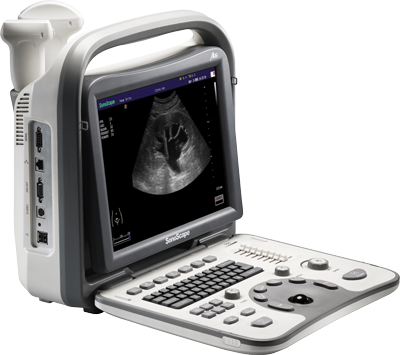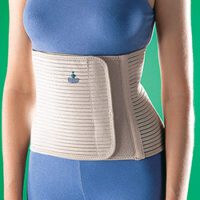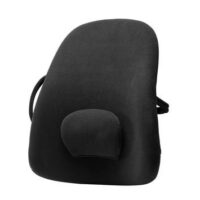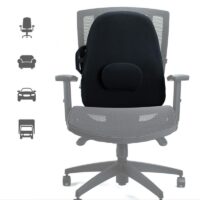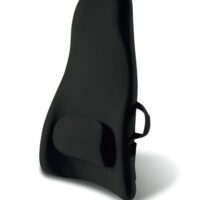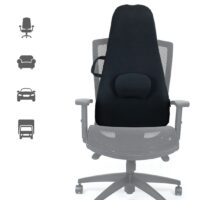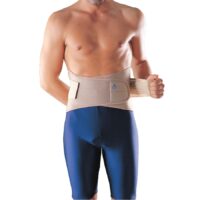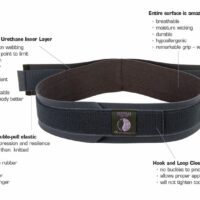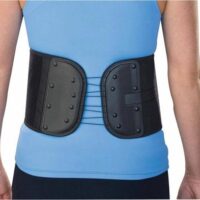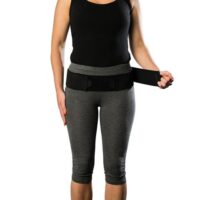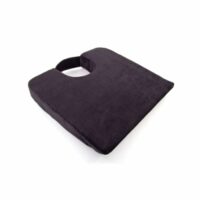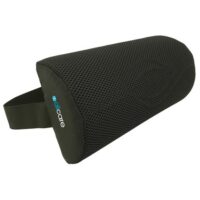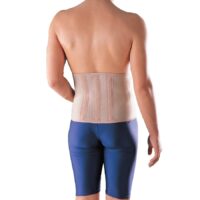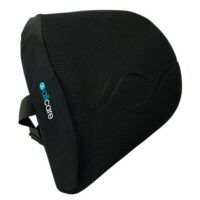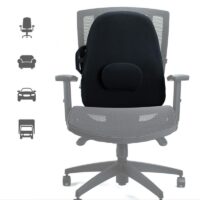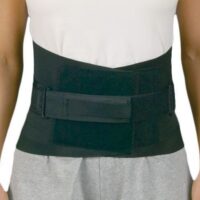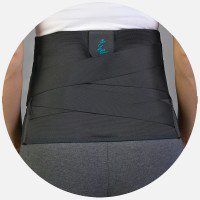Real-Time Ultrasound Physiotherapy
What conditions may be assisted by real-time ultrasound physiotherapy?
- Lower Back Pain – Transversus Abdominus & Multifidus
- Sciatica
- SIJ Pain / Pelvic Instability
- Pregnancy Back Pain
- Hip Pain – Gluteal tendinopathy
- Shoulder Pain – Rotator Cuff
- Knee Pain – VMO activation
- Foot Exercises – Flat Feet
- Core Exercises
- Pelvic Floor
- Pilates
- Dry Needling
Lower Back Pain
Ultrasound retraining your Core Stability Muscles has fantastic benefits for sufferers of low back pain. Researchers have investigated the benefits of ultrasound retraining since the 1990s. They have discovered that your chances of not experiencing another bout of low back pain (LBP) within 12 months are 4.4 times better if you have undertaken an ultrasound-guided exercise program: 70% vs 16%.
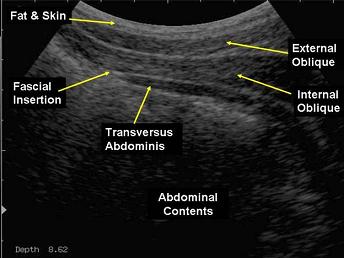
Its effectiveness also lasts. After three years, you still have a 2 in 3 chance of not experiencing LBP if you did the exercises. Hides et al. (2001).
More info: Lower Back Pain
Sciatica
Ultrasound retraining of your Core Stability Muscles has fantastic benefits for sciatica sufferers. Since the vast majority of sciatica is caused by sciatic nerve pinching in the low lumbar spine, a treatment that helps your back will almost always alleviate sciatica.
More info: Sciatica
SIJ Dysfunction
The Sacroiliac Joint (SIJ) should be a reasonably stiff or rigid link between the pelvic bones. In some people, the SIJ has too much uncontrolled motion due to trauma or just extra mobility. This new motion allows the joint to adopt an unusual position, which may result in pain.
Through their attachments to the iliac bones, the transversus abdominis (TA) and oblique abdominals help the pelvis’s closure and improve the sacroiliac joints’ position, control, and stability.
Researchers have discovered that the contraction of the TA muscle significantly stiffens and supports the sacroiliac joint. This improvement is more significant than that caused by an abdominal bracing action using all the lateral abdominal muscles. (Richardson et al. 2002)
More info: SIJ Pain
Pelvic Floor Retraining
Strong pelvic floor muscles are essential for men and women. Women have been encouraged to exercise their pelvic floor muscles for decades, but now we understand that it is just as vital for men. Research has found that a durable pelvic floor improves:
- Incontinence (urine dribbling)
- post-childbirth (women)
- post-prostatectomy (men)
- erectile dysfunction (Uni of Bristol study, 2004)
- sexual sensations and enjoyment (Impotence Association, UK)
More info: Pelvic floor
Pelvis Instability
Some people are born a little more flexible than the rest of us. Usually, these people have poor muscle tone in their deep, stabilising muscles. The transversus abdominis is the most important muscle that holds the two halves of the pelvis together. Core stability retraining will improve your deep core muscle control, which dynamically stabilises your pelvis, SIJ and lumbar spine.
More info: Pelvic Instability
Pregnancy or Post-Childbirth Back Pain
Carrying a child is a physically demanding task. The baby’s weight places continual pressure on the pelvic floor muscles and stretches the lower abdominal muscles.
Birth trauma involves further stretching of the pelvic floor muscles and sometimes tearing. Hence, the pelvic floor muscles and the transversus abdominis become weak, stretched and inhibited. A hormone called “relaxin” is released through your body during the months before and post-delivery. Relaxin softens the pelvic ligaments, enabling the pelvis joints to stretch for delivery. This elasticity means the transversus muscle must work even harder to stabilise the pelvis and lumbar spine.
The good news is that Ultrasound Retraining is very safe for the unborn child. The ultrasound equipment is the same as that your Obstetrician uses for routine pregnancy scans.
Caesarian births have additional complications due to cutting muscle layers and, in some cases, nerves. We highly recommend US retraining following a Caesarian delivery.
More info: Pregnancy Back Pain
Post Abdominal Surgery
Abdominal and pelvic surgery involves cutting through the muscle layers. Along with post-operative pain, muscle trauma changes the core stability muscles’ ability to work efficiently. As with other muscle cuts, your Transversus Abdominis, in particular, needs to be strengthened post-operatively. Otherwise, it will almost certainly remain permanently weak.
The lower part of the transversus muscle fibres is separated (such as in appendix removal or caesarean births). Because of this, you need to retrain the muscle to learn how to use it again correctly.
Pre-Pilates, Yoga, Gym & Exercise Programs
Exercise programs that aim to develop your core strength can often do just the opposite. The most common reason for injury and back pain is incorrect muscle recruitment timing. Pilates, Yoga, gym strengthening, and other exercise forms place high demands on your core stability system. Suppose the core muscle recruitment order is abnormal. Your chance of injury increases in proportion with the exercise difficulty.
Research has identified that the order of core muscle recruitment is the most critical factor in preventing or resolving pain.
Remember, if you build a skyscraper on a weak foundation, it will eventually topple. The same goes for your core stability muscles. Recruit the deeper muscles before your superficial layers, just like adding floors to a sturdy skyscraper and your back will be healthy and pain-free forever.
More info: Pilates
“Pot Belly” Syndrome
“Pot Belly” – or whatever you wish to call it, is a cosmetic problem related to your lower stomach muscles.
Some people have lax lower stomach muscles. No matter how hard you pull in your tummy, the lower part doesn’t pull in. Ultrasound retraining is a valid alternative to cosmetic surgery.
The problem is that the transversus abdominis muscle has stopped working effectively, and the upper abdominal muscles dominate. Hence as you attempt to pull in your stomach muscles, the upper stomach muscles suck in, but the lower part doesn’t. The result is a “Pot Belly”.”Pot Belly” is a common problem post-pregnancy.
With Ultrasound Retraining, you can learn to draw in your lower tummy muscles and solve your “Pot Belly” forever!

